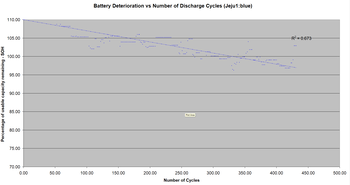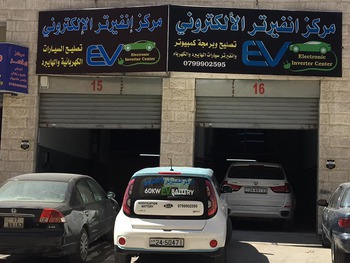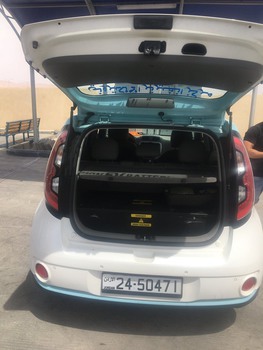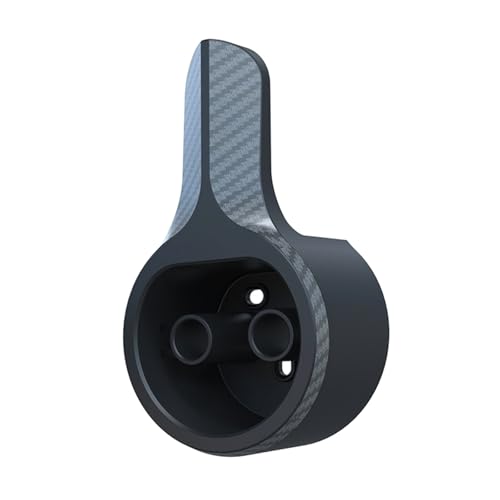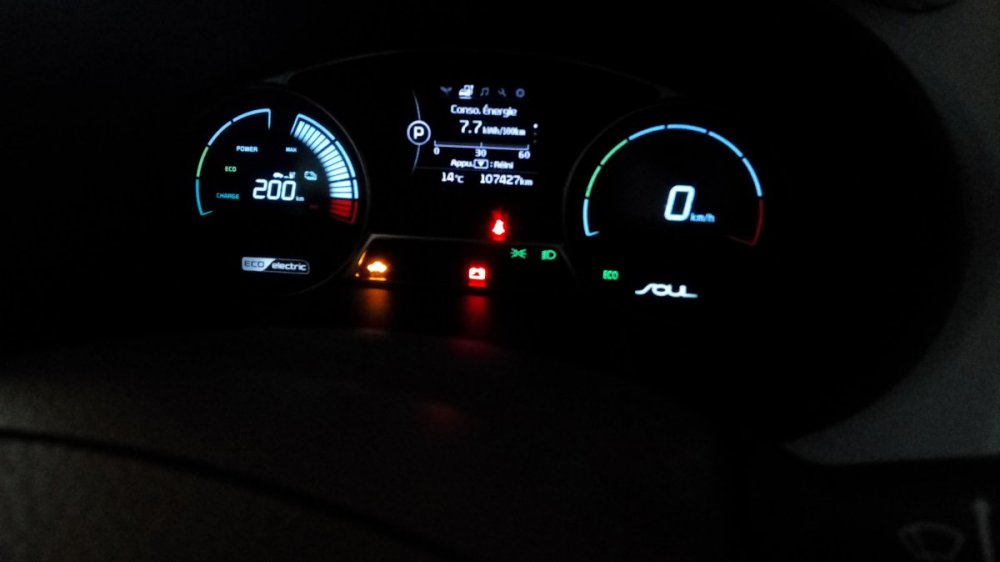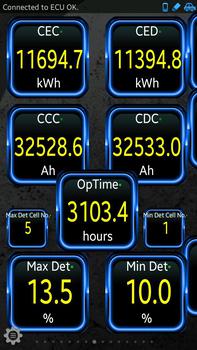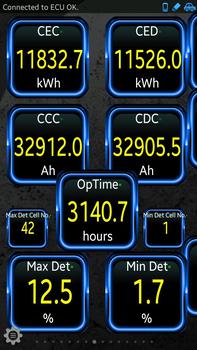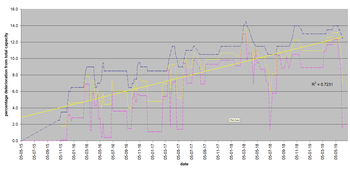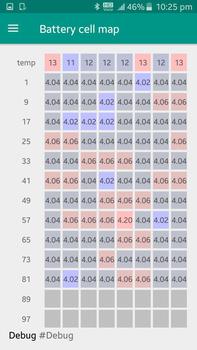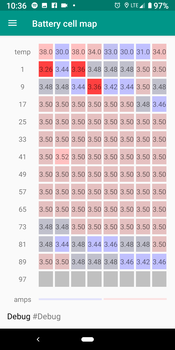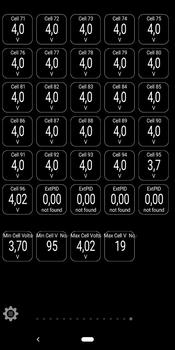-
Thanks ZuinigeRijder. That's great data. Your car is doing really well. You have the best battery efficiency figures for any car in this thread - 17.7 kWh/100km. I am assuming that is because you drive on flat terrain - no hills in NL - , and your commute has few traffic lights / speed cameras. True?
Having regen is better than losing all braking energy to heat, But it cannot reclaim all energy lost; it is most efficient not to need to brake at all.
-------------------
Here's some data from my car in Jeju and a second Soul EV also in Jeju. The R squared values are only for my car.
Both cars in the same climate zone, both cars drive about 14,400 km year, both cars always charge at 32A.
My car always charges at night to 80%, His car always charges during the day to 100%.
My overall battery efficiency is 19.9 kWh/100km, whereas his is 23.4 kWh/100km.
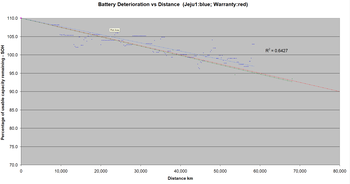
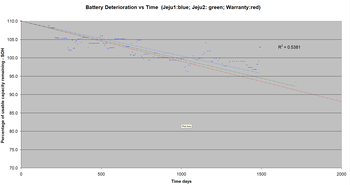
My car is doing about 10% better in both the time and distance trend lines.
No way to determine which of the possible causes for this difference may be,
a/ charging to 80%, rather than 100%.
b/ charging at night, rather than during the day. Given that it is cooler at night, battery temperatures will be lower.
c/ more efficient driving.
-------------------
I am only showing the battery cycle data from my car, because I don't have enough data from his.
I calculate the cycle use for each 250km segment based on the SOH at the time, rather than keep a constant 27kWh cycle.
As expected this measure is the best - statistically it has the highest R squared value - of the 3 charts.
